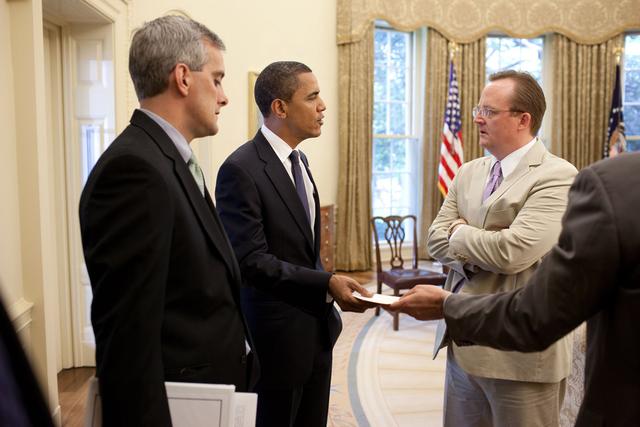Public Relations

Overview
Public relations is a $16 billion industry with a mission to manage and build the reputations of companies and individuals. It does this by aiming specific information at target audiences, such as the public, investors, partners, or employees, to introduce or maintain a particular perception of the company or individual. Two words closely associated with PR are image and spin. In terms of image, the way a company, brand, or person—and this can be anyone from a celebrity to a corporate executive or political figure—is portrayed in the media and perceived by the public is a strong determiner of popularity. Greater popularity can translate to increased product sales, greater company revenue, more fans, and even more votes. Spin is what happens when PR specialists emphasize information that puts clients into a more favorable light. For example, when a company or person faces a reputation-shaking crisis, it’s the PR representative who strategizes what to write about the situation and where and when to share that message to make the client look as good as possible.
Although most industry sources focus on the origins of public relations starting in the 19th century, the practice dates back to the early days of communication. In 50 B.C., Julius Caesar wrote Caesar’s Gallic Wars, which may be the first-ever campaign biography, to explain to the Romans why he would be the best person to head the state. To this day, political candidates continue to write biographies and accounts of their military activities to promote themselves. In 394 A.D., St. Augustine was a professor of rhetoric in Milan, Italy, delivering regular eulogies (prophecies) to the emperor. His role was similar to that of a minister of propaganda for the imperial court, and he was thus an early public relations manager. Today, his job could be likened to that of a press secretary or communications director to the president of the United States. ...




















